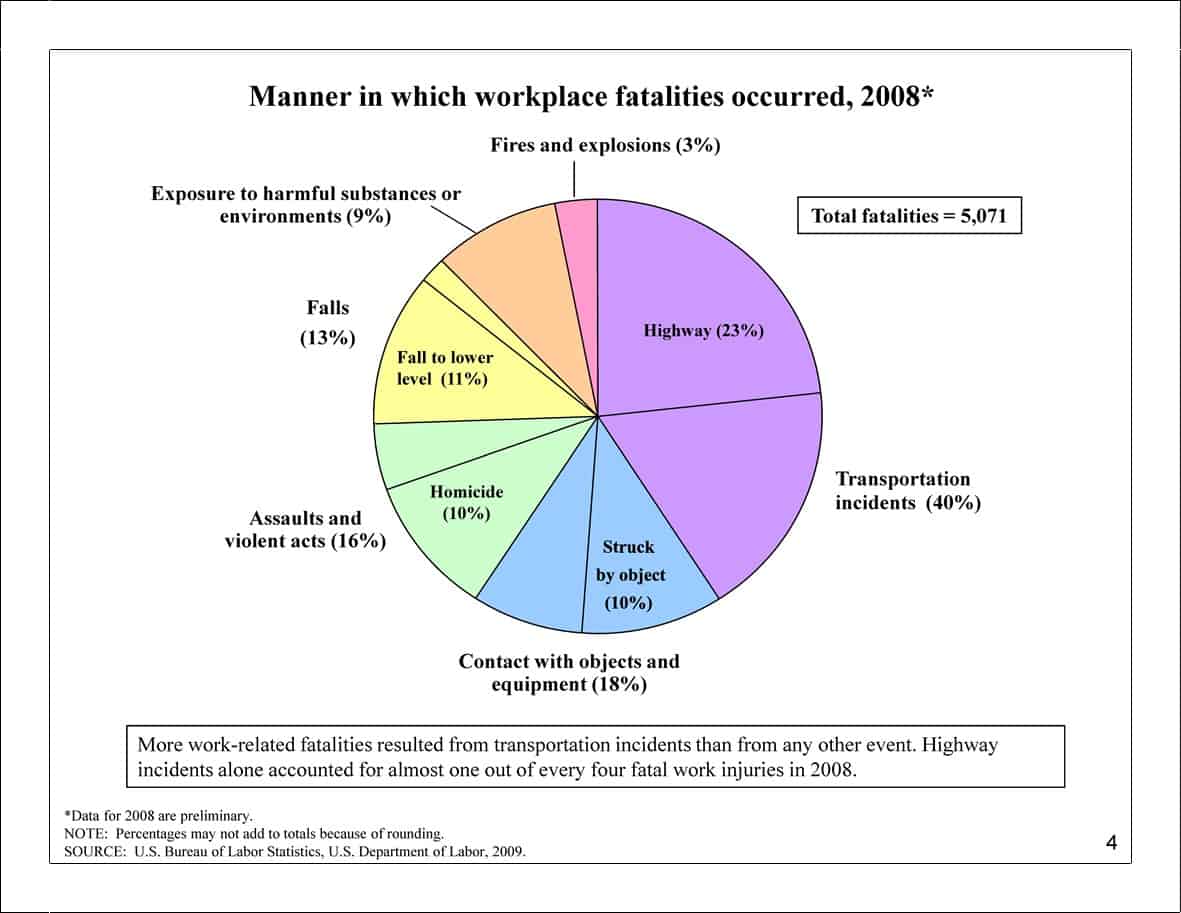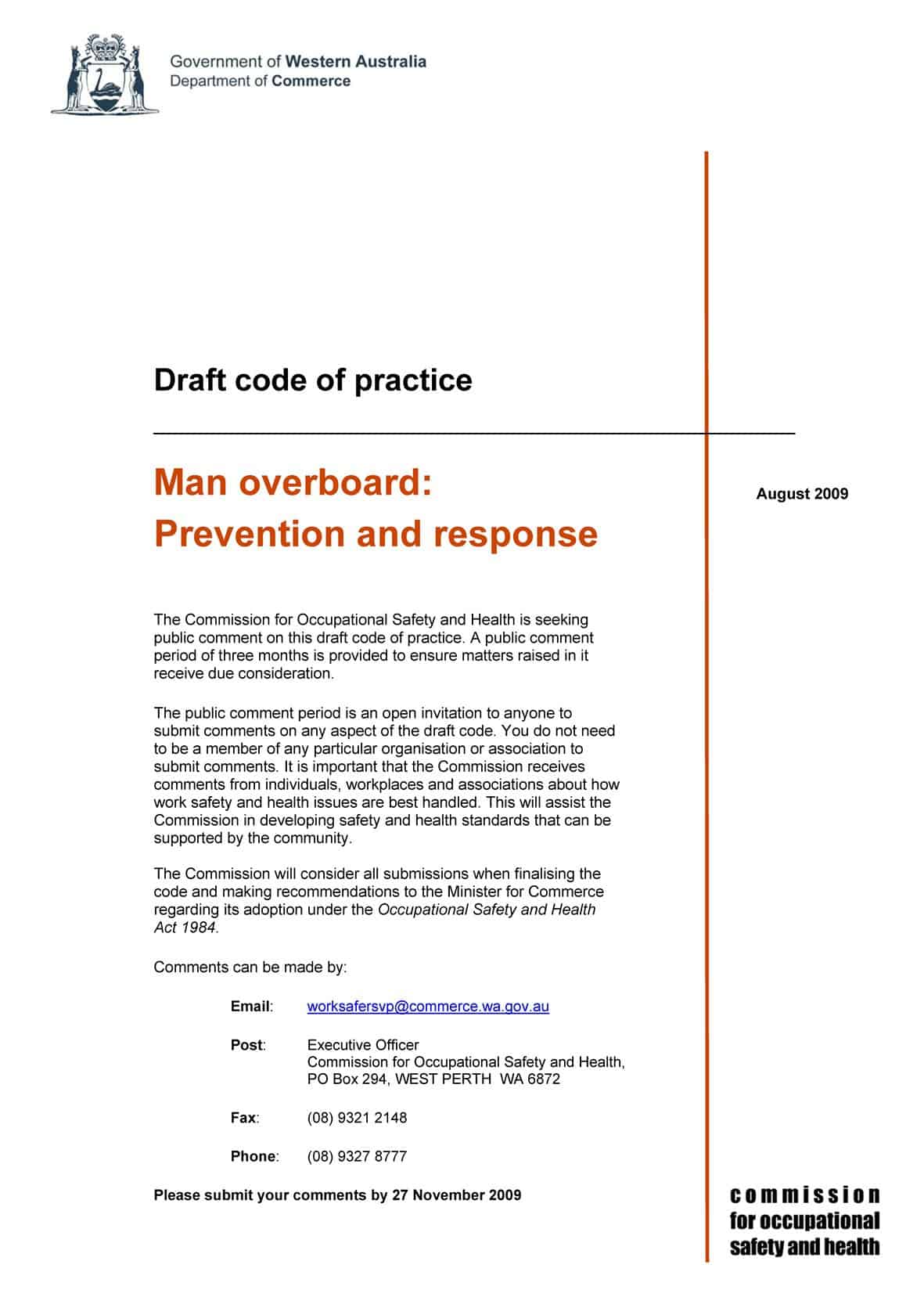Safe Work Australia was released four statistical reports into worker health in Australia. These are important and useful reports that will assist many companies and safety professionals to better address workplace hazards.
 SafetyAtWorkBlog is going to present some of the data in four blog articles, without commentary or interpretation, which is the usual approach. Each article will be the summary of findings from each report. Readers are strongly encouraged to download and read the full reports (links to each will be included in each article) as the summaries do not fully reflect the complexity of the analysis.
SafetyAtWorkBlog is going to present some of the data in four blog articles, without commentary or interpretation, which is the usual approach. Each article will be the summary of findings from each report. Readers are strongly encouraged to download and read the full reports (links to each will be included in each article) as the summaries do not fully reflect the complexity of the analysis.
We want to thank the Safe Work Australia for their decision to provide such data. It is an optimistic sign of improved communication for the national organisation.
The impact of employment conditions on work-related injuries in Australia
Employment status
- Employees accounted for 88% of the total workforce in 2005-06. Employees recorded a higher incidence rate of work-related injury compared to Employers or Own account workers (E/OAWs): 71 injuries per 1000 employees compared to 52 injuries per 1000 E/OAWs.
- Employees recorded higher incidence rates in all industries except the Construction industry where similar rates were recorded for the two employment types.
- Employees recorded higher incidence rates in all occupations except for Managers and administrators where E/OAWs recorded 76 injuries per 1000 workers compared to 53 for Employees.
- Male employees recorded an incidence rate 1.4 times the rate for female employees whereas male E/OAWs recorded an incidence rate twice the rate of female E/OAWs.
- E/OAWs recorded 19 injuries per 1000 E/OAWs for injuries involving five days or more compared to 21 for Employees.
Leave entitlements
- Employees with leave entitlements recorded higher incidence rates of injury (76 injuries per 1000 workers) than employees without leave entitlements (66 injuries per million hours worked).
- When hours of work were examined, it was found that full-time workers experienced the same frequency rate of injury regardless of whether they had access to paid leave or not. The same pattern was observed for part-time workers, though frequency rates for part-time workers were double those of full-time workers.
- Male employees without leave entitlements recorded the highest frequency rates of work-related injury, substantially above male employees with leave entitlements and higher than female employees without leave entitlements.
- Male and female frequency rates for employees with leave entitlements were similar.
- Employees with leave entitlements recorded higher incidence rates than Employees without leave entitlements in all occupations. However, by industry employees without leave entitlements recorded higher rates in the agriculture, forestry and fishing and property and business service industries.
Full-time / Part-time
- Part-time workers recorded a frequency rate of work-related injury more than twice the rate for full-time workers: 74 injuries per million hours worked compared to 35 for full-time workers.
- Male part-time workers had higher rates of injury than female part-time workers.
- Young part-time workers, who were less than 25 years old, had a higher rate of injury than older part-time workers.




